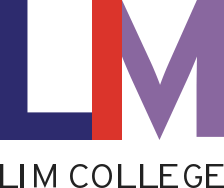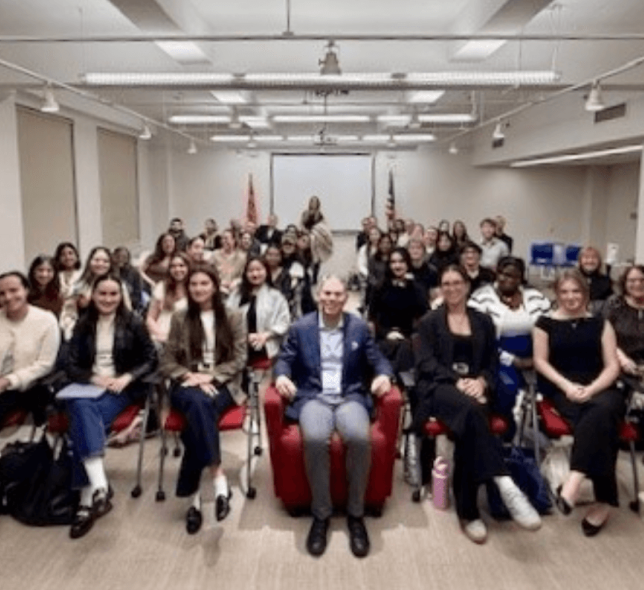Congresswoman Carolyn B. Maloney (NY-12) convened a roundtable at LIM College on July 12 with manufacturers, designers, and the Garment District Business Improvement District. The discussion focused on the designers and manufacturers who pivoted to produce Personal Protective Equipment (PPE) during the COVID-19 crisis and why the District’s revitalization is critical to New York City’s recovery.
Fashion is a $98 billion annual industry in New York City, generating nearly $11 billion in wages and $2 billion in tax revenue. Each year, the industry has $72 billion in wholesale sales, $18 billion in retail sales, and $8 billion in manufacturing sales. More than 900 businesses are headquartered in New York City, generating 180,000 jobs, more than 6% of the city workforce, with average wages of $73,000 per year.
“LIM College is grateful to Congresswoman Maloney for bringing local fashion industry leaders together on our campus for today’s important discussion. There is no doubt that New York City’s post-pandemic economic recovery is inextricably linked to the economic health of the City’s fashion industry and Garment District. As fashion in New York rebounds and rebuilds, LIM is committed to continuing to provide the industry with a highly educated, professional business workforce who can also help make fashion production and manufacturing in our City more eco-friendly,” said Elizabeth S. Marcuse, President, LIM College.
The Manhattan-based Garment District is the linchpin of New York’s fashion industry. Its success is in part due to the synergy of interrelated businesses in close proximity to each other. A 2015 report by the Joint Economic Committee (JEC), The Economic Impact of the Fashion Industry, commissioned by then Ranking Member Maloney, found there are significant economic benefits when businesses in a particular industry cluster together. Some have called it the “Miracle Mile” effect. It allows businesses to take advantage of a skilled pool of labor and to build a network of relationships among suppliers and producers swiftly and nimbly.
The Garment District offers a highly efficient and effective cluster of firms. A 2014 Harvard Business Review study of the fashion industry found that 77% of the trips designers made during the study period were to the Garment District and 80% of the businesses they visited were located there. They concluded that the Garment District’s “agglomeration economies foster the freedom necessary for creativity to thrive.”
“All the way from education to design to manufacturing and retail, fashion fuels New York City. Maintaining our status as the country’s economic engine includes ensuring the City’s position as the center of the fashion world. As an educator who sees the potential in the next generation of fashion business professionals, I know that if the City continues to keep and attract businesses in the Garment District, there’s a steady pipeline of sustainably-minded individuals ready to rise to the challenge and help drive our economy forward,” said Nancy Miller, Chair of LIM’s Fashion Merchandising Department, who was a member of the discussion panel.
Participating in the roundtable were:
- Barbara Blair, President, Garment District Alliance
- Alexander Campaz, founder of Infinite Wave, NYC development and production expert
- Arielle Crawford, founder of ARIELLE, a made in NYC brand, and leader of Citizens’ Climate Lobby’s Fashion Industry Action Team
- Albert Gonzalez, manufacturing expert with 30+ years experience in the Garment District
- Mi Jong Lee, Garment District Designer, Fashion for the Frontlines
- Nancy Miller, Chair, LIM College Fashion Merchandising Department
- Rachel Rothenberg-Saenz, co-founder Goldatech, Garment District for Gowns
- Kay Unger, Designer, Fashion for the Front Lines, Chair Emerita of Parsons School of Design, Trustee of The New School
- Karolina Zmarlak, Garment District Designer




